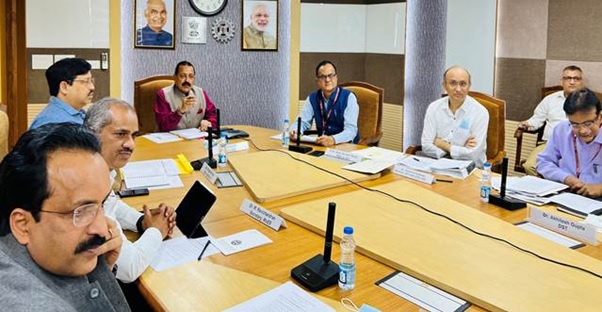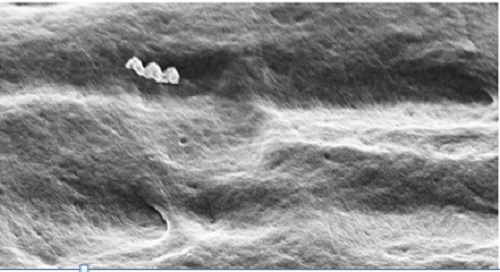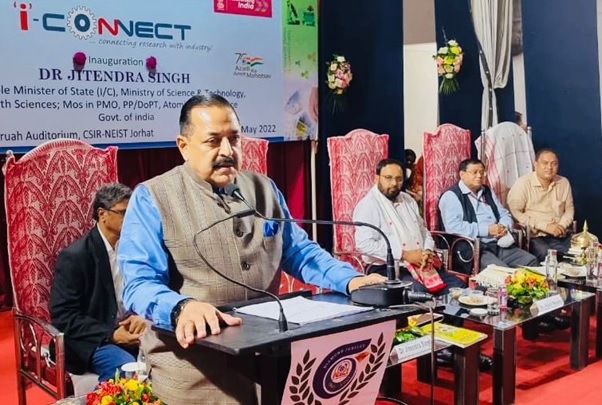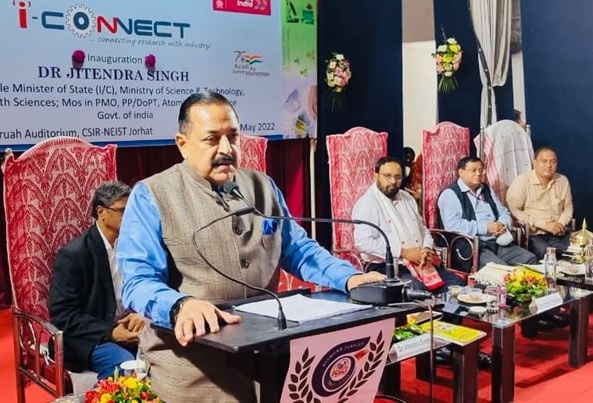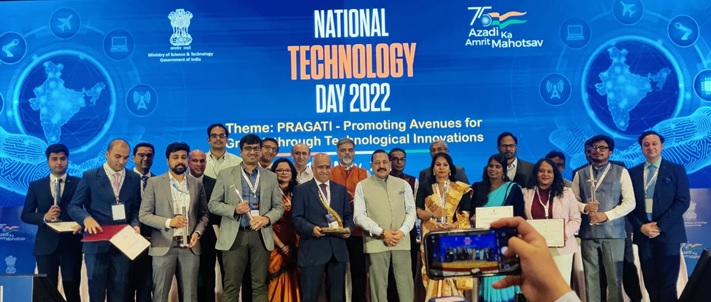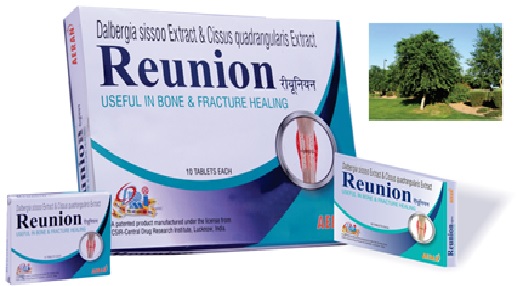
Osteoporosis is a medical condition in which the bones become brittle and fragile due to decreased bone mass and bone mineral density leading to frequent fragility fractures. Worldwide, one in three women over the age of 50 years is at risk of developing osteoporosis. It can be due to hormonal changes or calcium and vitamin D deficiency. Along with increased incidences of fractures in older, postmenopausal women, osteoporosis may often lead to mobility loss and perhaps morbidity and death. A major reason for developing this disease and associated bone loss in women is estrogen deficiency. Other important risk factors are genetics, advanced age, underweight, smoking and alcohol abuse, etc.
Ample intake of protein, calcium, and vitamin D may help prevent postmenopausal osteoporosis with nonpharmacologic means. Doctors also suggest regular physical activity and avoiding smoking and consumption of alcohol to lower the risk. For perimenopausal women (women naturally approaching menopause) and having low bone density and other risk factors, are recommended estrogen and drugs for improved bone density and strength. Such patients are counselled to reduce their risk of falling.
An article published in PubMed in 2018 mentions a randomized controlled trial by Women's Health Initiative (WHI) that showed that hormonal therapy reduces the incidence of all osteoporosis-related fractures in postmenopausal women. However, the study also stated that the adverse effects of the treatment outweighed the potential benefits on bone. Moreover, hormone therapy is not considered the first-line therapy for osteoporosis and fractures. This study however was later challenged, and some researchers suggested new line of treatment.
Dr Ritu Trivedi, Principal Scientist, Endocrinology Division of CSIR-Central Drug Research Institute (CDRI), Lucknow, and her scientific team have developed a novel medicine, Reunion, a product that prevents bone breakdown, stimulates new bone formation, and reduces bone turnover markers. Bone Markers are indicators that increase in proportion to fracture risk, independent of bone mineral density. The team has used leaves of Dalbergia sissoo (North Indian Rosewood or shisham), a deciduous tree, to develop the medicine. The resource is freely available, without harming the tree, and has been used for various diseases since centuries. Efficacy of the component is, therefore, time tested.
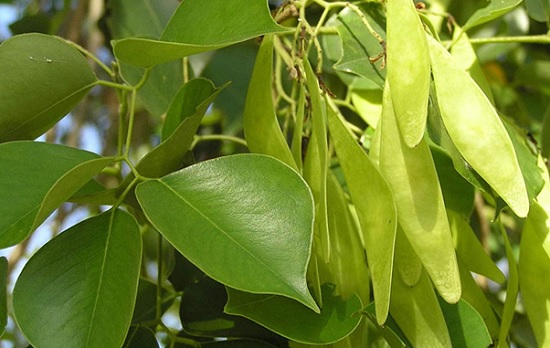
Osteoporosis is a medical condition in which the bones become brittle and fragile due to decreased bone mass and bone mineral density leading to frequent fragility fractures. Worldwide, one in three women over the age of 50 years is at risk of developing osteoporosis. It can be due to hormonal changes or calcium and vitamin D deficiency. Along with increased incidences of fractures in older, postmenopausal women, osteoporosis may often lead to mobility loss and perhaps morbidity and death. A major reason for developing this disease and associated bone loss in women is estrogen deficiency. Other important risk factors are genetics, advanced age, underweight, smoking and alcohol abuse, etc.
An article published in the International Journal of Research in Pharmacy and Chemistry mentions using Dalbergia sissoo seed to treat burning on the skin, blue itching, and scabies. The leaves were used for treating jaundice and other ailments. Decoction of the bark and leaf were used to treat leprosy. Sissoo nectar, when boiled with milk and consumed thrice a day is said to cure any type of fever. Though several studies and research were performed on finding the efficacy of Shisham oil or leaves extract in treating inflammation etc. because of their analgesic and anti-inflammatory properties, researchers at the CDRI have used it for treating osteoporosis for the first time.
The leaves contain several methoxy-isoflavones and a novel compound that improves the trabecular microarchitecture of the long bones, increases their biomechanical strength, and decreases clinical bone turnover markers (osteocalcin and CTX1), and expression of skeletal osteoclastogenic genes. The medicine also helps in new bone formation via the expression of osteogenic genes.
Several clinical trials have been conducted in India, and their outcomes have been critically observed. In a Fracture Healing Clinical Trial conducted in Nasik, Maharashtra, it was found that Dalbergia sissoo forms callus, reduces pain and oedema, has no adverse drug reaction, and is well tolerated in humans. Another one-year postmenopausal clinical trial conducted at Hyderabad and Medical research Centre, Kasturba Health Society, Mumbai, demonstrated anti-osteoporotic activity, maintenance of bone mineral density, relief from deteriorated musculoskeletal symptoms, and possible fracture reduction.
This year, Dr Trivedi was felicitated for developing REUNION by the Technology Development Board, Department of Science and Technology, Government of India. The Union Minister of State (Independent Charge) Science & Technology; Minister of State (Independent Charge) Earth Sciences; Minister of State PMO, Personnel, Public Grievances, Pensions, Atomic Energy and Space, Dr Jitendra Singh presented her with the Trophy and a cash prize of Rs. 3 Lakh.
The technology for developing the medicine has been transferred to an industrial partner. In January 2022, a licensing agreement was signed with a USA-based company so that it can be introduced there as a Pharmaceutical Drug.
India Science Wire
ISW/SM/CDRI/ENG/01/06/2022
